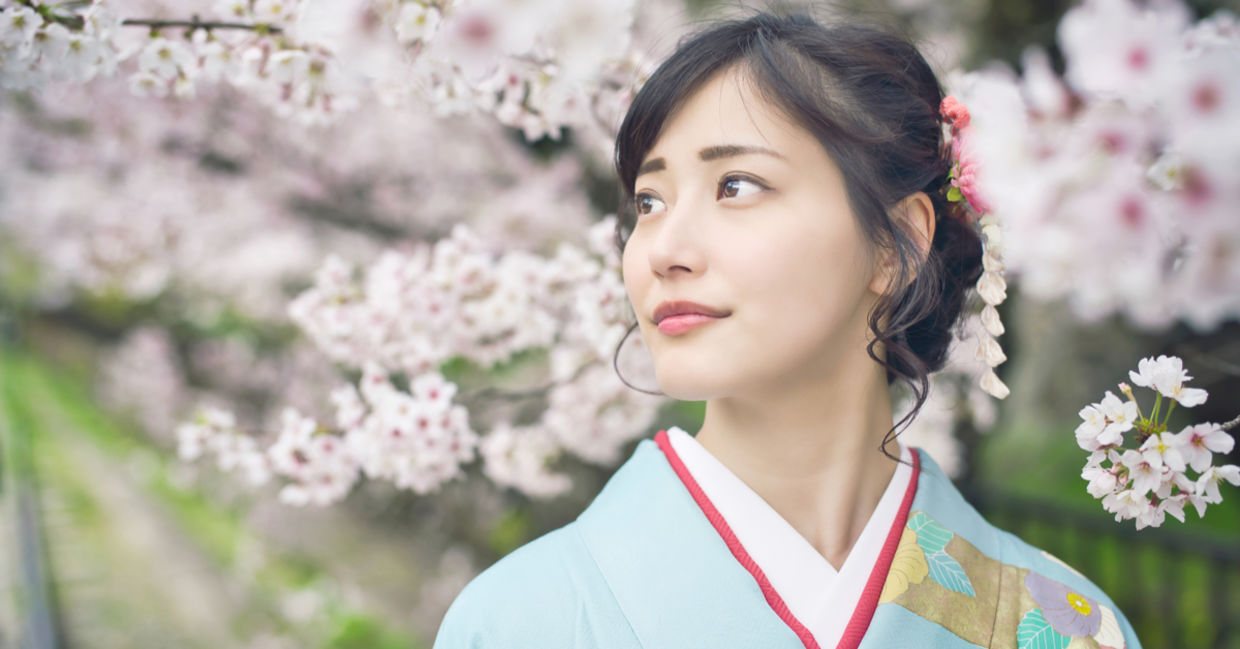
(metamorworks / Shutterstock.com)
Visitors to Japan are often impressed by the rich culture which promotes living with honor and acceptance as well as being in harmony with people and nature. These traditions have stood the test of time and could help you find perspective and balance in your own life.
In today’s stressful world, learning to be grateful for what you have and trying to do your best without striving for perfection – which is usually unobtainable – can go a long way to bringing calm, according to Better Humans. Here are seven Japanese concepts that people from all cultures and traditions can take to heart.
Ikigai – Sense of Purpose
Ikigai is the Japanese concept that refers to something that gives you a sense of purpose or reason for living. There is a belief in Japan that people who find their purpose in life, actually live longer.
Today, it refers to the well-being and fulfillment you feel when you participate in enjoyable activities but it is an ancient tradition. The origin of Ikigai dates all the way back to the Heian period (794 to 1185), according to the BBC.
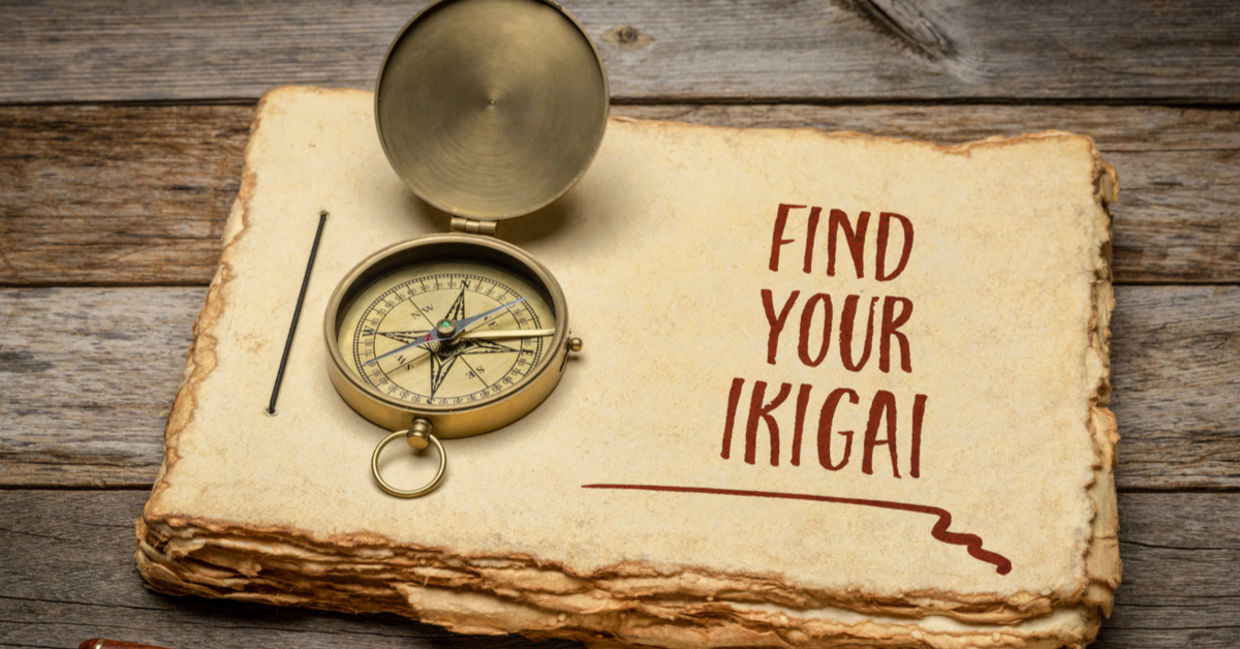
(marekuliasz / Shutterstock.com)
Wabi-Sabi – Embracing Imperfection
There is the Japanese worldview that believes in the acceptance of imperfection. That’s because nature is imperfect, changing, and not complete.
Wabi-Sabi is the tradition that encourages you to embrace these imperfections and it is prevalent in all forms of Japanese art. This is highlighted in Kintsugi, the Japanese tradition of mending broken pottery with gold highlights.
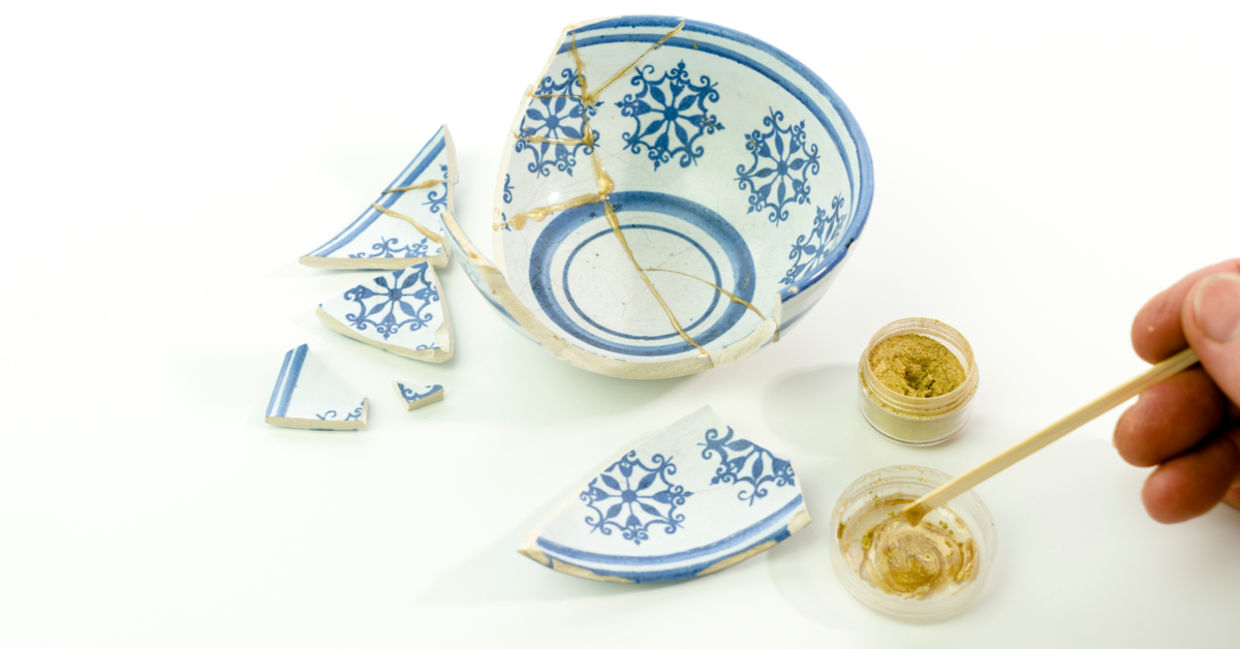
(Chrissi Aust Fotografie / Shutterstock.com)
Omoiyari – Compassion for Others
This tradition is about showing compassion and sincere consideration for others. While this concept is simple, it actually encompasses all parts of Japanese life according to a blog by Ben Aldridge. He wrote that this means, “putting yourself in someone else’s shoes.”
Practically, Omoiyari is even deeper than that. It’s about anticipating the needs of others and providing for it ahead of time and other ways that you can make life easier for someone else. This is best exhibited by the way Japanese rugby fans cleaned up the stadium after Japan played in the Rugby World cup in 2018.

(Casper1774 Studio / Shutterstock.com)
Mottainai – Not Wasting Resources
This tradition respects the resources you have and encourages you not to waste them according to Better Humans. That’s why it is the poster child of the Japanese environmental movement and the term has been used to encourage people to reduce, reuse and recycle. Being grateful for what you have and safeguarding resources is a way to become more sustainable.

(zEdward_Indy / Shutterstock.com)
Kaizen – Continuous Improvement
Kaizen is the Japanese word for improvement that is used today as a method of sustained improvement. It is based on the idea that small ongoing positive changes can lead to larger success and excellence.
This concept began being used by Japanese businesses after World War II as a way to improve practices from the CEO to the lowest employee and is best exemplified by the Toyota model. But there are practical uses in education and in everyday life.

(imtmphoto / Shutterstock.com)
Shin-Gi-Tai – Mind, Technique and Body
These are the three elements used in martial arts but this tradition can be applied to almost anything that requires skills. It is easy to break this down into the individual parts of the tradition, according to the Shin Gi Tai Martial Arts Academy. Shin represents the mind and spirit. Gi represents technique or skill and Tai represents the body. it is the total of the parts that leads to excellence.
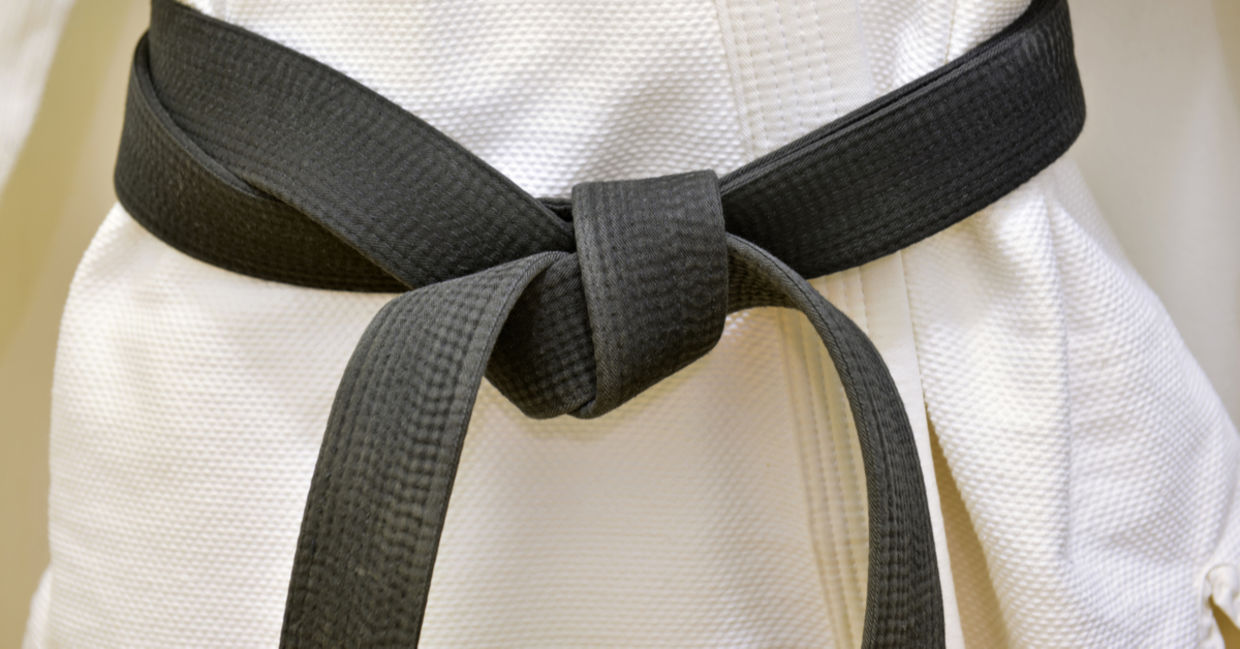
(nyker Shutterstock.com)
Mono No Aware– Empathy
This tradition translates literally as the pathos of things and originated during Japan’s Heian era, according to The Culture Trip, and it eventually became rooted in Japanese culture and tradition. What this means in practice is to have empathy towards things and an awareness of their temporary nature and inevitable passing. It is a gentle reminder that nothing is permanent and that you should let go of attachments to transient things
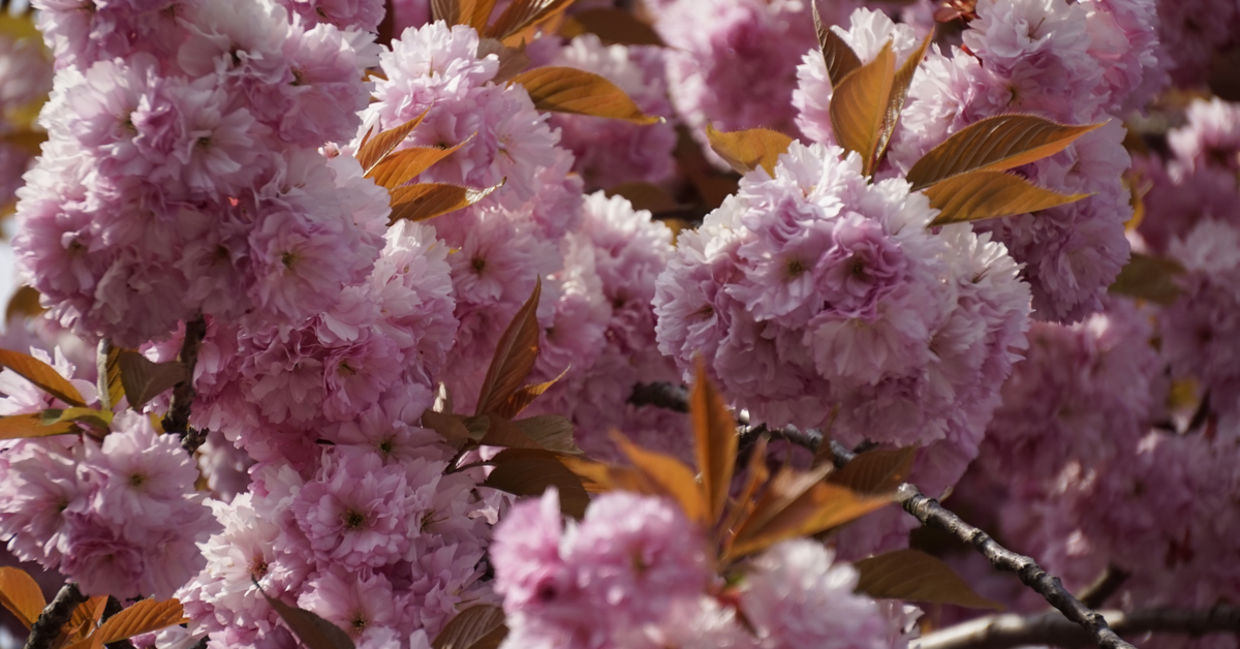
(Worldlover / Shutterstock.com)







